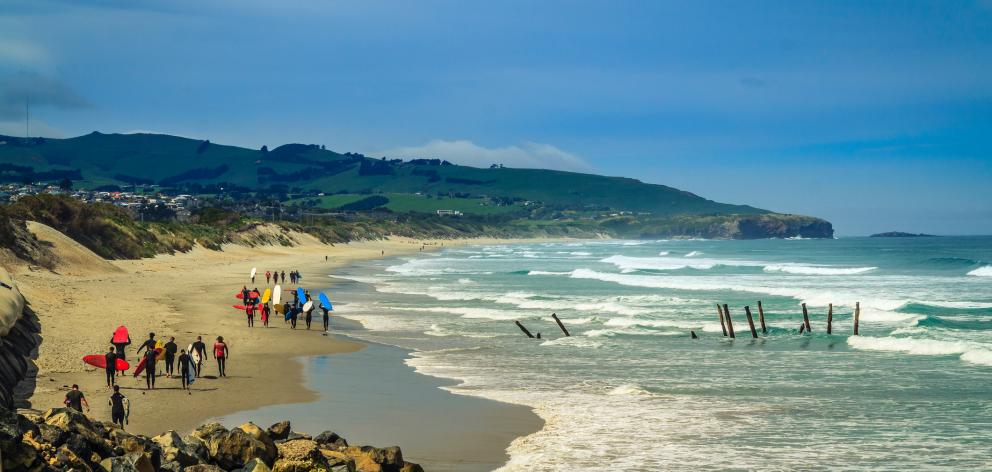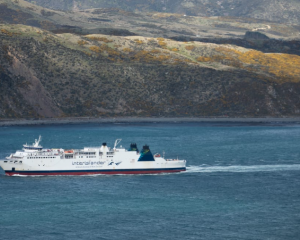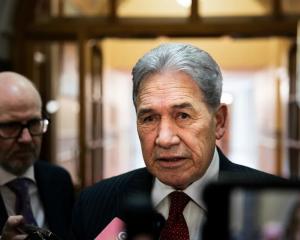
This is the view of a top Niwa scientist, now holding nationwide workshops, who wants to see communities acting as soon as possible.

Niwa senior scientist Rob Bell is part of a team now working on localised projections that vary from storm surge to the incursion of salt water into aquifers, estuaries and wetlands.
Dr Bell has also co-authored separate guidance for councils that predicted between half a metre and 1.4m of sea level rise by 2120, depending on how global emissions tracked over this time.
Two-thirds of New Zealanders live in areas that are vulnerable to flooding, and an estimated $200 billion of public assets and infrastructure is at risk from rising seas.
"I think councils generally know there's a problem and want to get on with it, but what I've picked up is that they don't quite know where to start ... often the biggest hurdle is getting off the starting blocks,'' Dr Bell said.
The Niwa-hosted workshops, run by the Ministry for the Environment with the support of the Deep South National Science Challenge, were aimed at council staff, engineers, planners and infrastructure operators.
Their advice included how to get teams together to tackle the issue, and what they should be talking to their communities about.
While there was some unpredictability about what effects would come, Dr Bell did not see any room for complacency.
"We've got to get on and do something now, despite the uncertainty,'' he said.
"Decisions can't wait, so we are suggesting that adaptive planning and monitoring progress towards decision points is the best tool in the box.''
Adaptive planning offered councils several options.
"Each coastal situation is different - some issues are imminent and some are down the track, so councils and communities need to work out when they have to adapt and what short and long term options are available to them,'' Dr Bell said.
"When they near a threshold they can then decide which of the options they want to implement.''
Monitoring what was happening would point councils to which sea level rise scenario was playing out, and whether they should be slowing down or speeding up their planning.
"Any decision made now will have repercussions for flexibility to adapt in the future, but it is important to know what is coming, what the threshold is and have a plan in your pocket to switch to.''
Preparing early was a point stressed by Local Government New Zealand president and Dunedin Mayor Dave Cull at the council lobby group's conference at Christchurch last weekend.
Mr Cull saw an urgent need to sort out goals, roles, and responsibilities between central and local government, including a new legal framework that gave councils more support and the incentive to act.
He acknowledged that many councils did not understand the risks in their areas, and more resources were often needed to help them to.
"Some councils have proposals or ideas, but there are legal challenges - and there are cases where councils are reluctant to take risks because of impending costs.''
On a national scale, the high-level Climate Change Adaptation Technical Working Group has handed the Government a list of 21 recommendations as areas to focus on first.
Specific recommendations included amending the Local Government Act 2002 to specify climate change adaptation as a function of local government, and removing legal barriers so the work can happen more easily.
Climate Change Minister James Shaw said public consultation on the Act, which closes this evening, included those central proposals - requiring a national climate change risk assessment to be regularly undertaken.
"While final policy decisions are yet to be made, I intend to seek Cabinet's approval in the coming months to undertake a risk assessment,'' Mr Shaw said.
"In addition to that, we have the Productivity Commission launching its inquiry into how local government is funded, and that inquiry will take note of the financial demands local councils are facing as they deal with the risks and impacts of climate change.''
- By Jamie Morton












